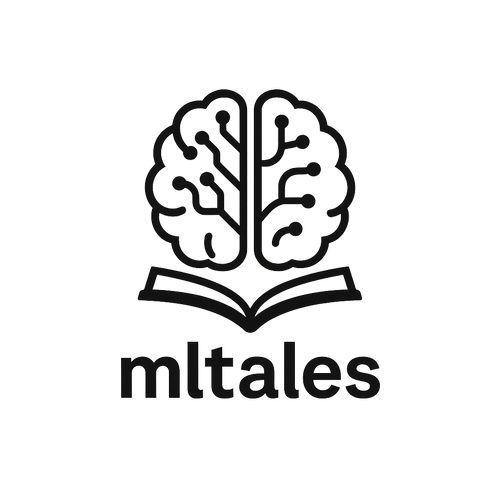Finding the Optimal Number of Clusters: The Elbow Method Explained
Clustering is a powerful unsupervised learning technique in data science, and K-Means is one of the most widely used clustering algorithms. But one of the biggest questions that arises when using K-Means is:
“How many clusters should I use?”
Enter the Elbow Method—a simple yet effective way to find the optimal number of clusters for your data.
What Is the Elbow Method?
The Elbow Method helps us decide the ideal number of clusters (K) in a K-Means clustering task. It works by plotting the Within-Cluster Sum of Squares (WCSS) against different values of K and identifying the point where adding more clusters doesn’t significantly improve the model.
In simpler terms:
You’re looking for the “elbow” point on a graph—a spot where the WCSS curve sharply changes direction. This point represents the best trade-off between model complexity and accuracy.
How Does It Work?
- Train K-Means models with different values of K (e.g., from 1 to 10).
- For each model, calculate the WCSS, which measures the squared distance between each point and its assigned cluster center.
- Plot the number of clusters (K) on the x-axis and the WCSS on the y-axis.
- Look for the “elbow” in the curve. That’s your optimal number of clusters.
Code Example
from sklearn.cluster import KMeans
import matplotlib.pyplot as plt
# Determine a range of cluster numbers to test
k_range = range(1, 11)
inertia = []
# Calculate inertia for each number of clusters
for k in k_range:
kmeans = KMeans(n_clusters=k, random_state=42, n_init=10)
kmeans.fit(location_data)
inertia.append(kmeans.inertia_)
# Plot the elbow method graph
plt.figure(figsize=(10, 6))
plt.plot(k_range, inertia, marker='o')
plt.xlabel('Number of Clusters (k)')
plt.ylabel('Inertia')
plt.title('Elbow Method for Optimal k')
plt.xticks(k_range)
plt.grid(True)
plt.show()

In the plot example above, the optimal value of k (number of clusters) appears to be:
k = 2
Why?
- At k = 2, there is a sharp drop in inertia (WCSS), meaning the clustering significantly reduces within-cluster variation.
- After k = 2, the rate of decrease in inertia becomes much more gradual, forming a visible “elbow” in the curve.
- This elbow point indicates diminishing returns from increasing the number of clusters beyond 2.
So, based on the classic interpretation of the elbow method, 2 clusters is the optimal choice for this dataset.
Why Does It Matter?
Choosing the wrong number of clusters can lead to:
- Underfitting: Too few clusters, poor representation of your data
- Overfitting: Too many clusters, unnecessary complexity
The Elbow Method ensures a balanced approach, letting you capture the structure of your data without overcomplicating your model.
When to Use It
- Market segmentation
- Customer behavior analysis
- Image compression
- Fraud detection (when used with anomaly clustering)
Limitations to Watch Out For
- Not always a clear elbow: In some datasets, the “elbow” might not be obvious.
- Only considers WCSS: Doesn’t account for cluster separation or density.
- Works best with spherical clusters
Final Thoughts
The Elbow Method is a quick, intuitive, and reliable way to estimate the ideal number of clusters in your data. It’s not perfect, but in many real-world cases, it offers a practical starting point for deeper exploration and modeling.
